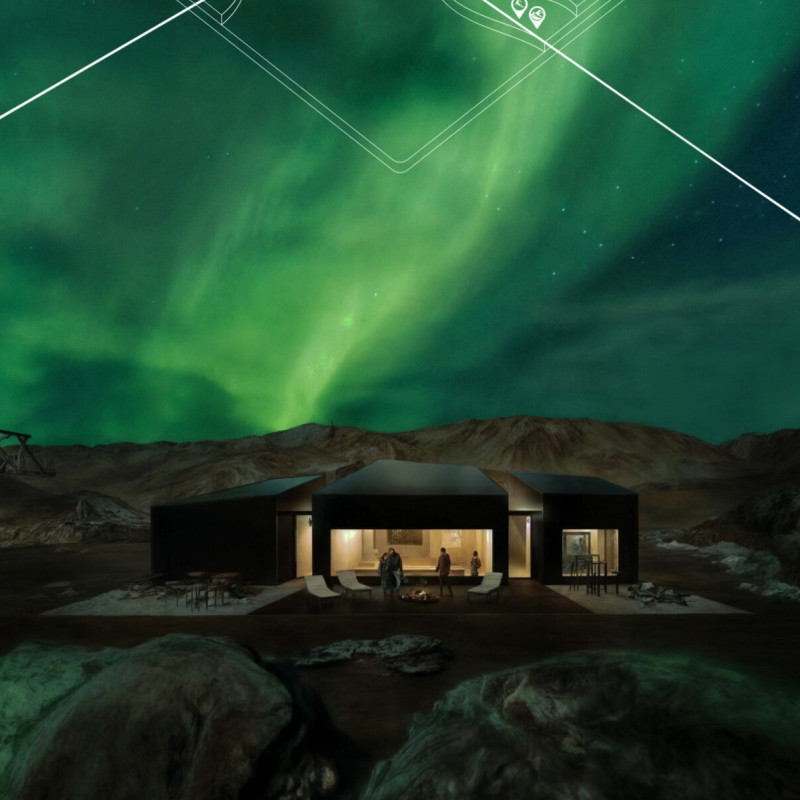5 key facts about this project
The primary function of the structure is to serve as a multi-use facility, catering to diverse needs ranging from residential living to communal activities. This multifunctionality is exemplified through distinct zones within the building, effectively accommodating various activities without compromising on comfort or usability. Each area is designed with an intention, promoting interaction and fostering a sense of community among its users while simultaneously offering private retreats for individual reflection.
A notable aspect of this project lies in its material selection. Materials such as locally sourced timber, raw concrete, and glass are utilized to construct a façade that resonates with the natural surroundings. The use of timber not only provides warmth but also allows for flexibility in design, enabling the creation of intricate patterns that enhance the visual appeal of the structure. The raw concrete elements serve a dual purpose; they offer durability and give the building a grounded aesthetic that contrasts elegantly with the lighter materials, while the glass façades invite natural light deep into the interior, creating inviting and dynamic spaces.
The architectural design reflects a strong awareness of sustainability. Key eco-friendly features include energy-efficient systems, rainwater harvesting, and green roofs that contribute to biodiversity. This integration of sustainable practices showcases a commitment to minimizing the environmental impact of the project while enhancing the quality of life for its users.
In addition to its functional and aesthetic attributes, the design incorporates unique approaches that address contemporary architectural challenges. The layout promotes natural ventilation and thermal comfort, reducing reliance on artificial climate control systems. This design strategy not only supports energy conservation but also encourages occupants to engage more meaningfully with their environment. The circulation pathways throughout the structure are designed to facilitate movement while offering moments of pause and reflection, reinforcing the connection between people and place.
The project also explores the significance of space and form. The architectural forms are thoughtfully articulated to create visual interest and a sense of progression as one moves through the environment. The interplay of light and shadow across the surfaces transforms the user experience throughout the day, inviting a dynamic interaction with the architecture itself.
Furthermore, the thoughtful integration of natural elements within the architectural design enhances the sensory experience. Outdoor terraces and garden spaces offer opportunities for connection with nature, promoting well-being and encouraging an outdoor lifestyle. These elements invite users to engage with the surrounding landscape, blending the boundaries between indoor and outdoor living.
In summary, this architectural project exemplifies a harmonious blend of form, function, and sustainability. The careful consideration of materials, design strategies, and user experience creates a comprehensive environment that serves its purpose while being attuned to its context. For those interested in delving deeper into the architectural details, architectural plans, architectural sections, and architectural designs provide further insights into the unique concepts that underpin this project. Exploring these elements can enrich the understanding of the design and its innovative approach to contemporary architectural challenges.


 Filippo Pennella
Filippo Pennella 























